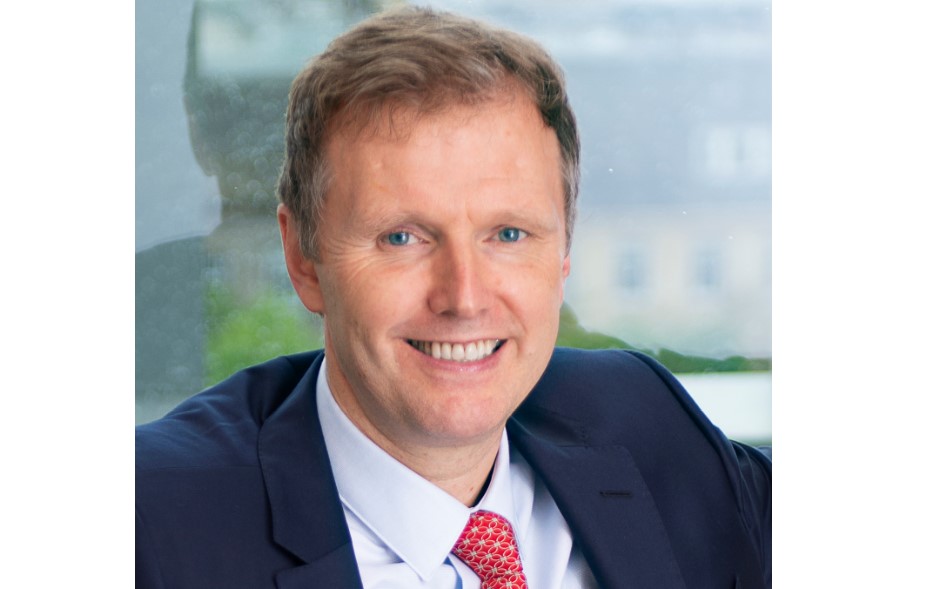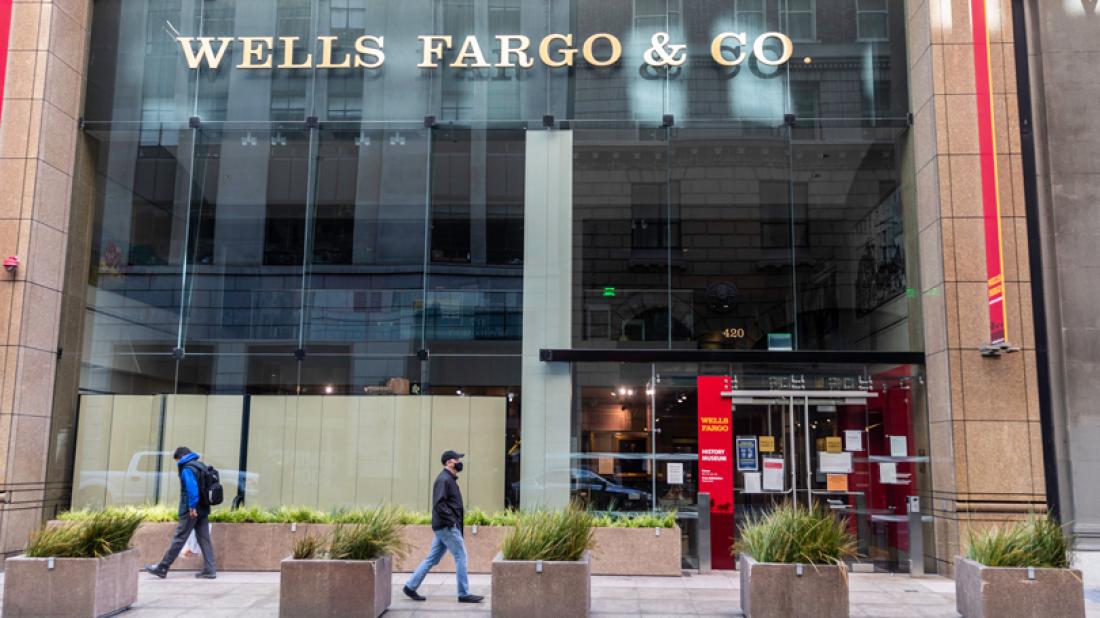Mediolanum International Funds Seeds New Equity Mandates for SGA and NZS Capital
| By Beatriz Zúñiga | 0 Comentarios

Mediolanum International Funds (MIFL) has announced two new equity mandates with SGA and NZS Capital as the firm looks to expand its footprint with boutiques in the United States.
In a press release, the European asset management platform revealed that the agreement with SGA, a Connecticut based independent investment boutique, will see MIFL providing capital of 80 million to seed the SGA Emerging Markets equity strategy, which adopts the same investment approach that made the firm known for the quality of their flagship global equity strategy. The initial investment is expected to grow over the next 5 years.
“We are very excited to work with Mediolanum International Funds and offer our Emerging Market Growth portfolio to European investors at a time when many are seeking EM exposure in a bid to participate in the wealth creation of growing middle classes. This partnership will give us privileged and timely access to European distribution across different countries through MIFL’s local ties to distribution networks in Italy and Spain, and strong partnerships in Germany within the IFA business”, Rob Rohn, Founding Principal at SGA, commented.
MIFL will also back NZS Capital’s Technology strategy, with a 300 million euros mandate. Based in Denver, the investment boutique has a unique philosophy known as Complex Investing which identifies companies that best adapt to unpredictable outcomes. It is minority owned by Jupiter Asset Management which acts as the firm’s exclusive global distribution partner and introduced MIFL to the investment opportunity.
Brinton Johns, Co-Founder of NZS Capital, said that partnering with Mediolanum International Funds is a great step in the firm’s evolution: “This Sub advisory mandate offers European clients access to a portfolio of companies that we believe is best equipped to handle the accelerating pace of change in the global economy. The focus on innovation and disruption is a long-term trend an investment perspective, and one that is especially relevant in today’s environment”.
A 5-year plan
MIFL highlighted that its multi manager approach, which combines funds and mandates, is the engine of several mutual funds and customised investment solutions and services for insurance products and banking services distributed across Italy, Spain, and Germany. “We are delighted to have both SGA and NZS Capital LLC on board. Both managers have proven to generate great value over the time for their investors and by partnering with them in these new strategies we expect our clients to benefit as well”, pointed out Furio Pietribiasi, CEO of the platform.
He also revealed that their objective in the next 5 years is to invest at least one third of all their equity and fixed income assets externally managed in partnership with boutiques with strong track record by seeding new strategies or investing in existing ones. In his view, the evolution of the industry globally is offering “a unique opportunity” and they believe they are well positioned to take advantage due to their entrepreneurial culture and 23 years plus experience in multi management.
“We are looking to collaborate with boutiques where we can add value to their overall business. We think that the AUM in breadth of strategies we have, plus our flexibility and unique entrepreneurial culture is fundamental to success We already have a proven track record in helping start-ups or small asset managers to grow, it is now time to scale it up”, he concluded.




















